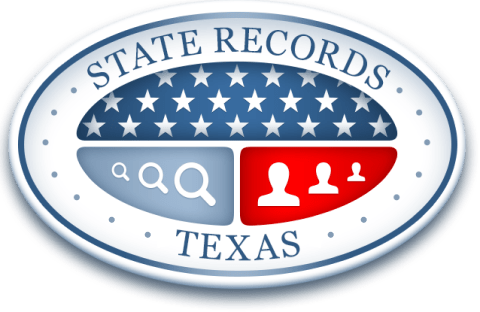Difference Between Texas Prison and Federal Prison
What is the Difference Between Federal Prison and Texas State Prison?
Texas state prisons operate under the state's judicial authority, while the Federal Bureau of Prisons (BOP) manages federal prisons. Individuals incarcerated in state prisons are convicted of a breach of state law, while those in federal facilities have violated federal law. Texas state legislature details the types of crimes that may land people in state prison. Some examples include rape, murder, arson, and robbery. State prisons are operated by state authorities working under the Texas Department of Criminal Justice (DCJ). The funding for state prisons comes directly from revenue generated by state taxes. State prisons serve many different purposes. Consequently, each inmate and facility's security levels and duration of stay vary. There are 92 state facilities operated by the Texas DCJ, including prisons, pre-release facilities, and psychiatric facilities.
Federal crimes involve crimes of significant economic, political, or social interest. These include piracy, counterfeiting, commerce violations, drug trafficking, identity theft, money laundering, sex crimes, and computer crimes. The United States Department of Justice operates the Federal Bureau of Prisons (FBP), which works as a law enforcement agency at federal level. The FBP ensures the care and security of those incarcerated in prisons and those released on parole. There are 18 federal detention centers and nine federal prison camps in Texas. Typically, federal prison inmates serve longer sentences than state-level offenders. Federal facilities have higher security, more funding, and smaller inmate populations than state prisons.
The Texas Prison System
The Texas Department of Criminal Justice (TDCJ) oversees the functions of state correctional facilities. It is responsible for inmates' security and safety, while local law enforcement runs county jails. The Federal Bureau of Prisons (FBP) operates all federal facilities. In 2019, there were approximately 150,000 inmates in Texas state and federal correctional facilities. Out of this number, 27,000 inmates were in federal prisons, and 163,000 were in state prisons. Seven hundred twenty-six thousand people were in the TDCJ system in 2018, meaning they could be in prison, jail, on parole, or on probation. The TDCJ website provides a list of all 92 state facilities, and the FBP website offers links to every federal correctional facility in Texas. There are also county jails operated locally.
How to Lookup Inmates in Texas
Members of the public seeking Texas inmate records or information regarding criminal offenders in Texas state prisons can use the Offender Information Search tool. The Federal Bureau of Prisons also provides an online search tool containing details about incarcerated individuals in federal correctional facilities. Parties using this search option must either give the inmate's first and last name or the Federal Bureau of Prisons' number.
All inmates have a trust account to make purchases inside of prisons and jails. Individuals who want to send money to someone in prison can deposit money into an account from outside the facility. Parties must provide the inmate's full name, current location, and prison identification number to make a deposit. If court fees are owed on the inmate's account, 50% of the money deposited will be used to pay back the court.
Texas County Jails
Texas county jails are operated by local law enforcement, and those incarcerated are under the Sheriff's Office's jurisdiction. Typically, the duration of stay for inmates in county jails is shorter than the stay duration for inmates in state and federal prisons. County jails criminals who have been charged but not convicted and those convicted of minor crimes. In 2018, there were approximately 55,000 inmates held in local jails. Individuals can visit the county jail or sheriff's office to find available methods to search for inmates. County jails and the sheriff's office also provide avenues to transfer money to inmates, but practices vary.
How Does the Federal Prison System Work?
The Federal Bureau of Prisons (BOP) agency is headed by the U.S. Department of Justice. Federal inmates include inmates in prisons, juvenile facilities, county jails, community centers, and psychiatric hospitals. All federal facilities are categorized by security level: high, medium, low, minimum, and administrative.
- Minimum-security facilities: Federal Prison Camps (FPCs), Federal Correctional Complexes (FCCs)
- Low-security facilities: Federal Correctional Institutions (FCIs), Federal Correctional Complexes (FCCs)
- Medium-security facilities: Federal Correctional Institutions (FCIs), United States Penitentiaries (USPs), Federal Correctional Complexes (FCCs)
- High-security facilities: United States Penitentiaries (USPs)
- Administrative security facilities: special facilities for psychiatric and medical needs
